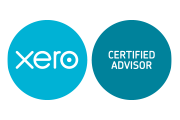As the legislation was passed into law on 28 June 2013 I have revisited my previous article re this topic.
A company can claim up to $300,000 as a refundable tax offset by carrying back tax losses for up to two years, instead of carrying forward the loss to deduct in later years.
In the transitional period, a company with a tax loss in the year ended 2013 that had a tax liability in the 2012 year, can make the choice to claim the offset in their 2013 tax return.
The main issues are:
1. Only companies or entities taxed like companies are eligible for the tax loss carry back rules.
2. These rules operate as a refundable tax offset to provide a cash refund for tax paid in a prior year.
3. For the 2014 & later years the tax offset can be used in respect of tax liabilities of either of the two income years preceding that year.
4. In the 2013 year the carry back of losses can only be used for tax liabilities of the 2012 year.
5. A company must have had a tax liability in the preceding income years, it is not a requirement that prior years' tax has been physically paid, but the tax must have been actually assessed to the company.
6. The maximum amount that can be refunded in a year is $300,000, i.e. limited to a loss of $1,000,000 x 30% company tax rate.
7. The offset cannot exceed the company's franking account balance at the end of the year that the offset is claimed and also the tax liability for the year to which it is carried back.
8. The offset is claimed in the company's income tax return.
9. Only income losses, not capital losses are eligible to be carried back.
10. The offset is not subject to the continuity of ownership and same business test as is the case with claiming carry forward losses. However integrity rules exist to disallow the offset where certain schemes are entered
into to enable other persons or entities to make use of the offset to which they were not initially in a position to do so e.g. certain schemes which result in a disposition of membership interests. It would be expected that a generational change in control of a family owned company would still enable the entity to be eligible to use the offset.
11. The company must have lodged its income tax return for the claim year & for each of the five years preceding that year if income tax returns were required to be lodged.
12. To carry back, (and the carry forward losses) rules are optional & not compulsory. All, or a portion of the losses may be used.
Finally, careful consideration of all factors should be considered before making a choice. One of these is the impact on the franking account and the ability to pay franked dividends in the future.




